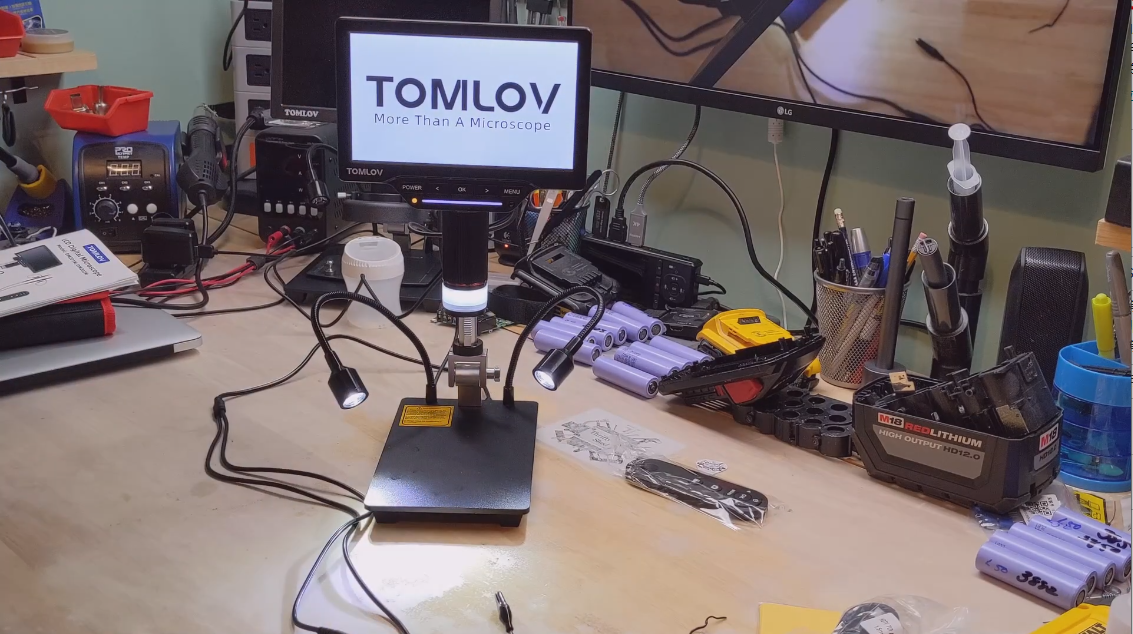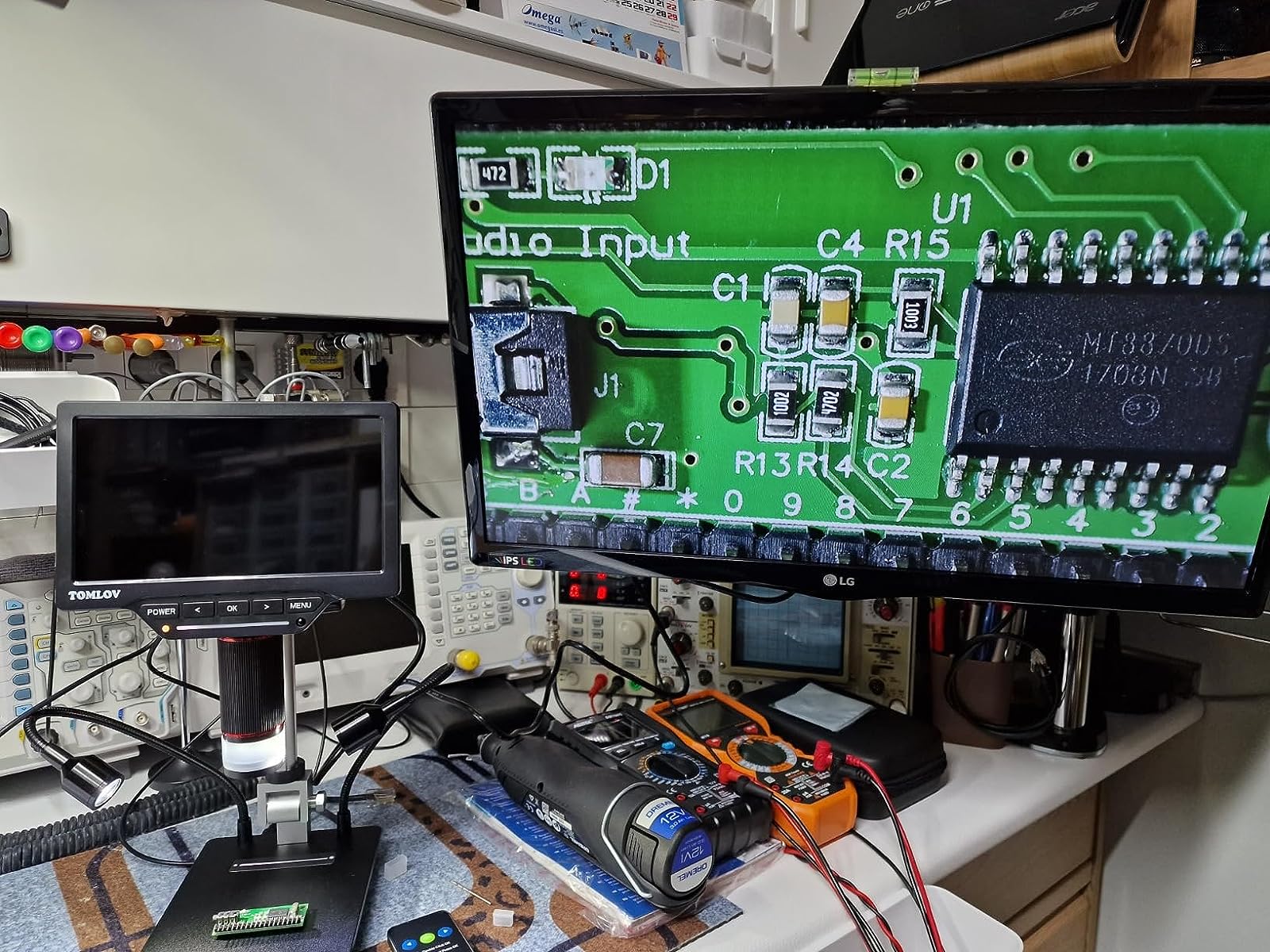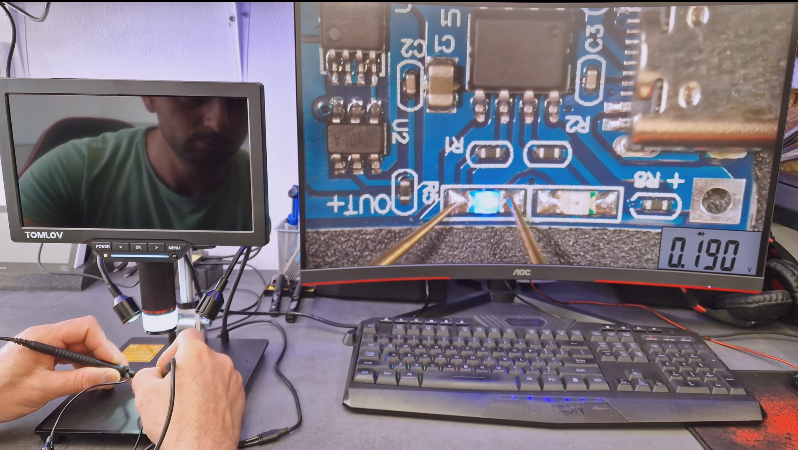Understanding the Importance of a Soldering Microscope in Electronics
Why Electronics Projects Quality Matters in Soldering Microscope
In modern electronics, high-quality results are a must. A soldering microscope is key in this. These microscopes help techs see tiny components on PCBs (printed circuit boards). With them, you can spot even the smallest flaws during soldering. This ensures strong connections. It also reduces errors. Thus, it saves time and money by avoiding later repairs. Quality in soldering is crucial for devices to work well. It makes them safe and reliable. So a good soldering microscope is a vital tool for any tech.

The Direct Impact of Microscopes on Circuit Board Repairs
When repairing circuit boards, microscopes are crucial. They let us spot tiny flaws that the eye can miss. This level of detail is key in fixing high-tech devices. With a good microscope, soldering is more accurate. The right tool makes all the difference. Small mistakes can ruin a whole board. That's why many choose the Tomlov digital microscope. It's perfect for such delicate work. Clear vision leads to better, safer repairs every time.
Choosing the Right Soldering Microscope for Your Needs
Key Features to Look for in a Soldering Microscope
When selecting a soldering microscope, certain features are crucial. Here are key elements:
- Magnification Level: Check the range and control it provides. Higher magnification helps with tiny parts.
- Quality of Optics: Crisp, clear images are a must. Look for high-quality lenses.
- Working Distance: Ensure there's enough space to work with tools under the scope.
- Adjustable Lighting: Good lighting is vital. Options to adjust brightness and angle can help.
- Comfort: Choose a microscope with an ergonomic design to reduce strain during long sessions.
- Take photo/video: For videos and image projects, consider models that connect to the computer for transfer.
- Durability and Repair: Pick a robust microscope that can be easily repaired if needed.
These features can make all the difference in your soldering projects.
How to Match Your Microscope with Your Soldering Techniques
Selecting an ideal soldering microscope isn't one-size-fits-all. Here are some tips:
- Assess the magnification level needed for your tasks.
- Consider the working distance to allow ample space for tools.
- Look for adjustable lighting to enhance visibility.
- Ensure the microscope's resolution suits intricate soldering work.
- Opt for a microscope with a large field of view for easier navigation.
By aligning these features with your techniques, you'll achieve precision and efficiency in repairs.

Advanced Techniques and Tips for Using Soldering Microscopes
Integrating Microscopes into Your Soldering Workflow
To ensure precision in circuit board repair, it's crucial to integrate a soldering microscope seamlessly into your workspace. Start by setting up the microscope in a stable position, close enough to your work area for easy viewing without strain. Align the optics to get a clear, zoomed-in view of the soldering site. Incorporate adjustable lighting to avoid shadows on the board. Practice moving the board under the scope to improve dexterity. A well-integrated microscope setup enhances accuracy and efficiency in delicate soldering tasks.
Overcoming Challenges with Soldering Microscopes in Circuit Board Repair
Using soldering microscopes in circuit board repair can present challenges. One common issue is achieving the right focus while maneuvering tools. It's critical to have a steady hand and maintain proper eye relief to prevent fatigue. Here are some tips to overcome these hurdles:
- Ensure your microscope has a flexible arm or positioning system for optimal viewing angles.
- Choose a microscope with an appropriate magnification range and a large field of view.
- Get accustomed to working with both eyes open when using a binocular microscope to reduce strain.
- If your microscope has a camera, use the screen for extended work periods to lessen eye strain.
- Practice precise hand-eye coordination to aid in soldering under magnification.
- Opt for a microscope with built-in illumination to clearly see solder joints.
By addressing these aspects, repairing circuit boards with a microscope can be more manageable.




Laisser un commentaire
Tous les commentaires sont modérés avant d'être publiés.
Ce site est protégé par hCaptcha, et la Politique de confidentialité et les Conditions de service de hCaptcha s’appliquent.